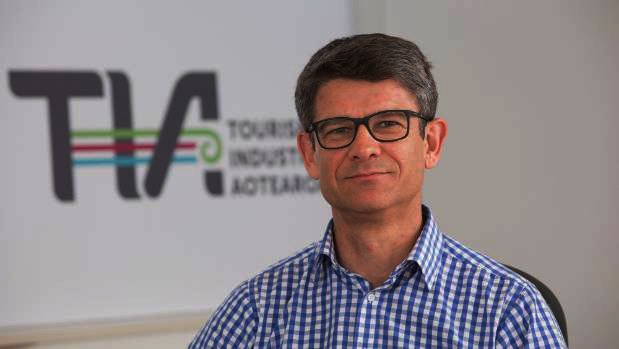NZ tourism to focus on sustainable growth

Sustainability – of our communities, our environment, our economy and our visitors – has been placed firmly at the heart of the New Zealand tourism industry’s updated growth framework, released at TRENZ 2019.
Tourism 2025 & Beyond – a Sustainable Growth Framework refreshes and refocuses the industry’s Tourism 2025 Growth Framework released in 2014.

Releasing it to an audience of international and New Zealand media at TRENZ, New Zealand’s largest annual tourism trade event, Tourism Industry Aotearoa Chief Executive Chris Roberts said Tourism 2025 & Beyond addresses current issues but also looks beyond 2025 to focus on building an industry that continues to make a positive contribution to Aotearoa and New Zealanders in the long term.
“This Sustainable Growth Framework keeps our focus as an industry firmly on growing our value to individuals, communities, the environment, the economy and our visitors,” Mr Roberts says.
The key change is that sustainability is now at the centre of Tourism 2025, providing a clear pathway towards a sustainable tourism industry for New Zealand. We have added Visitor, Community and Environmental goals and pushed our Economic ambition out to $50 billion a year in annual tourism revenue by 2025.”
The original Tourism 2025 goal was $41 billion in annual revenue by 2025. Progress towards the goal has exceeded all expectations, with tourism worth $39.1 billion in 2018.
Mr Roberts says the industry is increasingly recognising and adopting the Māori values of kaitiakitanga (guardianship), manaakitanga (hospitality) and whanaungatanga (working together).
These three foundation values have been incorporated into Tourism 2025 & Beyond, which sets out the industry’s vision for ‘Growing a sustainable tourism industry that benefits New Zealanders’.
Tourism is New Zealand’s largest export earner, a significant employer and is continuing to drive economic growth, presenting both challenges and opportunities for New Zealand communities.
“Looking ahead, we are facing three key issues: managing the growth of tourism; improving management of our natural resources; and acting on carbon and climate change. Each of these needs to be factored into our thinking and actions,” Mr Roberts says.
“We have already started on this journey with the release 18 months ago of the New Zealand Tourism Sustainability Commitment, which more than 1000 tourism businesses have now signed up to. Then in November 2018, TIA and six other New Zealand organisations launched Tiaki – Care for New Zealand, an initiative that actively encourages international and domestic travellers to act as guardians of Aotearoa.”
Tourism 2025 & Beyond now sets these initiatives within the industry’s overall strategic framework, he says.
“We have identified 10 priority action areas, from a long list of 68 actions for the tourism industry, central and local government to work on over the next three years to keep us on track to reach our Tourism 2025 & Beyond goals.”
“We will succeed and maximise the huge benefits of tourism, while avoiding adverse impacts, by working together and having alignment of purpose. I fully anticipate this alignment to be reflected in the Government’s soon to be released Tourism Strategy.”

